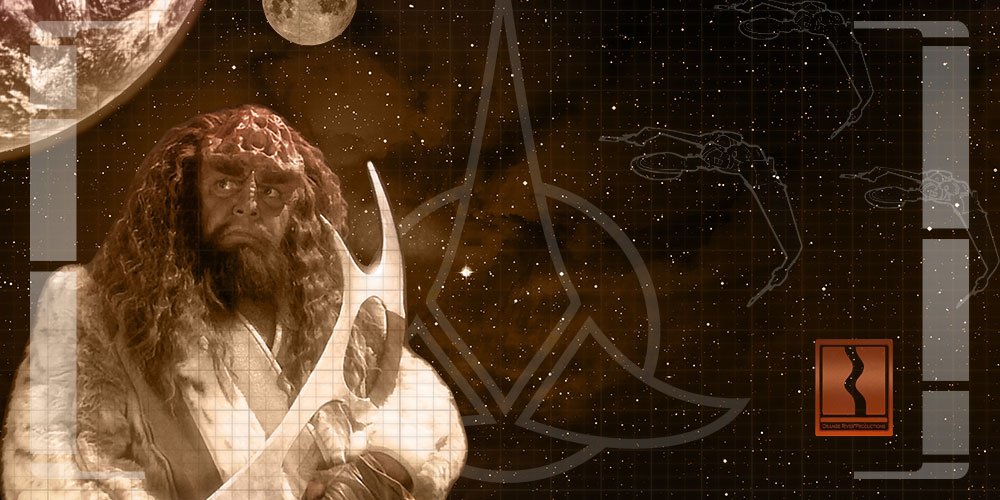Hey guys, Tyler here. The last time I talked about the Klingons, I discussed how their biology influences and has been influenced by their environment and how their evolution compares to that of life on Earth.
I wanted to do a follow up discussing an aspect of their history that’s remained quite elusive for years: how did they acquire warp drive? It seems like such a simple question whose answer ought to be obvious. We know how several other species achieved faster-than-light travel: for humans, it was invented by Zefram Cochrane in the wake of World War III; for Ferengi, they purchased it from the Breen. But for Klingons…it’s actually quite a mystery.
We know that the Klingon Empire was founded in the 9th century A.D. by Kahless the Unforgettable, who united his people and overthrew the strongman dictator Molor. And we find out in The Next Generation episode “Rightful Heir” that a monastery was built on the planet Boreth to honour Kahless not too long after his death.
But it’s never explicitly stated whether the Klingons got there with warp drive or sublight vessels. They clearly possessed some form of interstellar travel before the Crusades began on Earth, but if they had warp drive since the late 1st millennium A.D., wouldn’t their empire be much bigger than it actually is? Today I attempt to answer these and other questions and also explore other aspects of Klingon spaceflight. Let’s get started.

Death Of Kahless
Before we can speculate on the origins of the Klingon warp drive, let’s first establish some background. Towards the end of his rule, before departing according to legend for Sto-vo-kor, the afterlife for honourable Klingons, Kahless left a message.
He pointed to a star in the night sky and told his people to look for him there. The star? None other than the sun of Boreth, where the Klingons would build a monastery and await his return.
The dating of the monastery’s establishment about fifteen centuries before 2369 is consistent with the ageing of the Sword of Kahless in DS9 at around the same amount of time.

Hur’q Invasion
But another transformative event just half a millennium later—in the 14th century A.D.—introduces some complications to the story of Klingon spaceflight.
Just five hundred years after the founding of the Klingon Empire, an alien civilization invaded and plundered Qo’noS. They stole several valuable artefacts, including the Sword of Kahless, which wouldn’t be recovered for a thousand years.
The Klingons assigned the name “Hur’q”—meaning “outsider” to the aliens, who are said to have originated from the Gamma Quadrant—possibly having come through the Bajoran Wormhole—and may have been insectoids.
Believed to be extinct by the 24th century, the Hur’q left a very profound impact on Klingon society as a whole that resonates to this day. It instilled an inherent distrust of outsiders—an understandable one, to be sure—that shaped the Klingons’ foreign policy decisions, including imperial expansion.
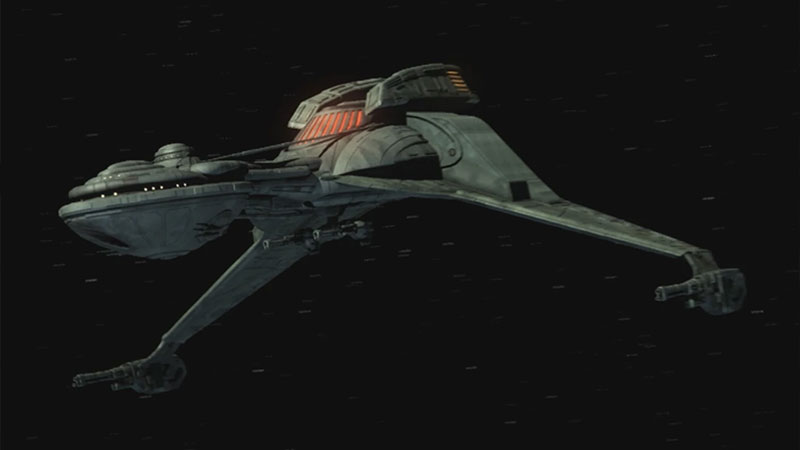
Modern History
By the 22nd century, the Klingon Empire has become one of the dominant powers in local space—and it remains that way into the 23rd and 24th centuries and beyond. During their interstellar age, some notable first contacts include the Vulcans in 2016 and humans in 2151.
By the time of The Original Series, we also see the Empire form a temporary alliance with the Romulans, during which various technologies such as cloaking devices and starships are exchanged. By the 24th century, however, the Romulans are back to attacking Klingon outposts, and this time, it’s the Federation and the Klingons that are allied.
Then, all three are more or less on the same page during the Dominion War, which threatens the entirety of local space. See? Geopolitics…I mean, interstellar politics can be complicated.
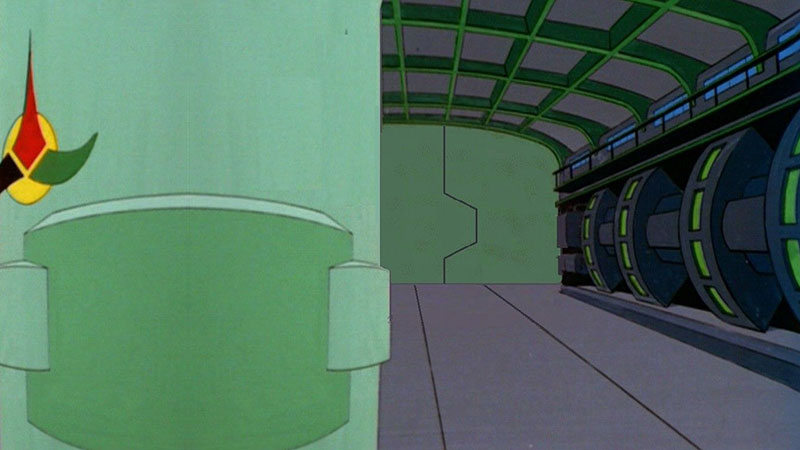
FLT/Warp Drive Invention
But in all of this, the question still remains: when did the Klingons actually achieve faster-than-light travel? In order to forge and maintain a true interstellar empire, it would be difficult if it took literal years or even decades just to reach the nearest star system.
The Klingons could have had warp drive in the 9th century, or they could have developed it sometime between the mid-20th and early 21st centuries when the Klingons and Vulcans had their first encounter.
Indeed, a hotly debated quote from Quark in the DS9 episode “Little Green Men” points to the possibility that neither of these species had true warp drive until after the year 1947 when that episode partly takes place. Of course, this talking point is often dismissed as the mistaken ramblings of a profit-driven Ferengi hellbent on establishing galactic superiority.
Quark likely knows his own planet’s history but not necessarily a lot of other planets’ histories. Or perhaps he meant the warp 9 engine, which none of the aforementioned species possessed at this time. All in all, it’s frankly best to chock it up to what it really is: the writers making a continuity error.
Regardless, this brings me to another oft-cited explanation for the origins of the Klingon warp drive. It’s one that, from where I’m standing, is not universally accepted but not universally rejected either.
According to various non-canon sources, the Klingons may have reverse-engineered warp drive and other technologies from the Hur’q after driving them off-world. This would be equivalent to a society slightly more advanced than our own being invaded by a civilization only a couple of hundred years ahead of us.
We’d be quickly overrun, but after resisting and overcoming the oppression of an overconfident subjugator race, we’d reap the benefits of what they left behind. It’s kind of like Independence Day: Resurgence.
This isn’t particularly my favourite theory as to how the Klingons achieved warp drive, as I think it somewhat robs them of agency to develop it on their own without outside intervention.
But it would explain how they could maintain an expansionist empire starting by at least the early 21st century. Even if their initial expansion was gradual, if their interstellar empire was ancient, it could have overrun much of the quadrant by the time Starfleet was making its way into space, though the Vulcans, Andorians, and other races would have likely served as a buffer. But if the Klingons spent a few centuries tinkering with Hur’q technology, then the timeline of their expansion would make more sense.
Of course, it’s also possible that the Klingons did achieve warp capability circa 930 A.D.—a date pulled from the non-canon reference book Star Trek: Star Charts—and lost it during the Hur’q invasion, and then regained it decades or centuries later.

Lost Technologies
Anything is possible. Not only is history nonlinear meaning that events often repeat themselves, or, at the very least, as George Lucas says, “it’s like poetry, they rhyme” but technological progress is not always linear either. Some technologies are invented and subsequently forgotten, only to be reinvented later on.
Case in point: the Saturn V rocket was for years the only successful vehicle built by mankind to allow us to go to the moon, but after its last launch in 1973, the rocket’s components and the infrastructure to build them no longer existed.
We still had the schematics, but since we chose to focus funding towards the Space Shuttle which obviously had a much smaller maximum payload those plans became more useless as time went on. In order to make it back to the moon, we’ve basically had to reinvent a capable rocket from scratch.
Want some older examples? Okay, here’s a few. How about ancient Roman concrete? Roman buildings have withstood millennia of weathering since they used burnt lime, rocks, and water to make their own concrete.
However, because this technology was kept a secret, it was lost during the Dark Ages that plagued Europe after Rome fell. Therefore, medieval architecture is more commonly associated with the stone they literally lost the techniques used to produce concrete back in the days of Antiquity.
While some substitutes did exist during the Middle Ages, high-quality concrete only reemerged after the cement was first synthesized in the mid-18th century. Or, what about the Baghdad battery a working battery that was manufactured over two thousand years ago? The Baghdad battery consisted of a cluster of cylinders that could generate one Volt of electricity per cylinder.
It may have been used to perform electroplating to produce metal coatings or…possibly as some kind of shock therapy. Ouch.
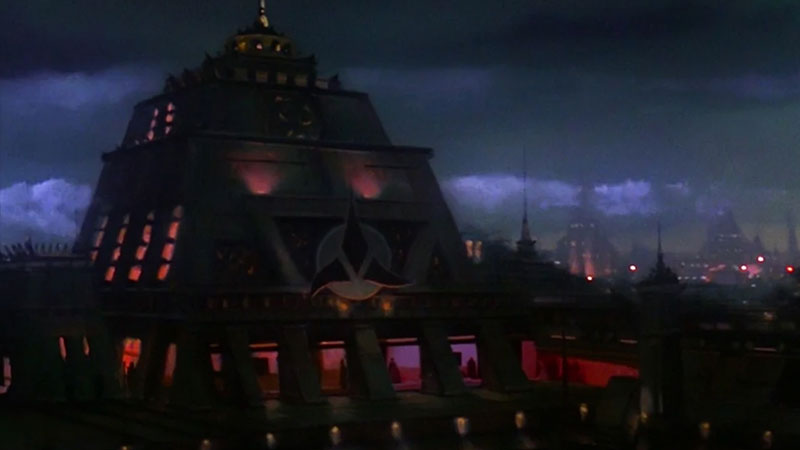
Political Turnover
The point is, the story of a civilization’s relationship with interstellar travel, or just technology in general, is often rather complex. It’s often not just a matter of “here’s when they achieved warp drive” and “now they go on to expand their territory indefinitely.”
Empires rise and fall. Hell, there’s even a distinction made in canon between the “First Empire,” the “Second Empire,” the first and second dynasties, etc. I could get into the complexities of Klingon political history if I wanted to, but that’s probably best saved for another time.
Indeed, it’s quite remarkable that Kahless was able to unite the Klingon homeworld over a millennium before the modern-day. What level of technology did they have at the time?
Obviously, they had spaceflight capability that exceeded what we have even now, given they were able to travel to another star system in a reasonable timeframe.
The conditions that allowed Molor to exercise dictatorial authority over his entire planet’s population maybe some of the same ones that characterized globalization on our world, like industrialization and information technology—all over a thousand years earlier. Klingon history really is deep.
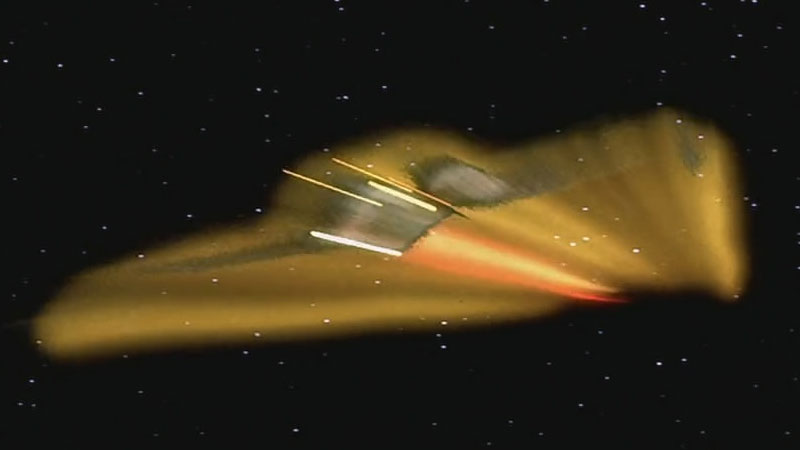
So, When Did The Klingons Achieve Warp Flight?
Well, it’s unclear. They could have had it as early as the 9th century A.D., or they could have “stolen” it from the Hur’q, or they could have developed it independently sometime between 1947 and 2016.
No one knows for sure, at least right now. However, the theory that the Hur’q invasion had some impact on the Klingons making the societal jump from neo-feudalism to forging an interstellar empire is rather popular, having been endorsed by a number of books and games, and so it may be closer to the truth until it’s otherwise stated in canon.
Indeed, as I discussed in my video about the origin of the Romulan species, the Vulcans evidently had some form of sublight propulsion to maintain their interstellar presence as far back as the 9th century B.C., when they established a monastery on P’Jem. It took them until the 19th century A.D. to achieve warp drive, according to claims of Ambassador Soval.
Are some of these dates kind of fuzzy? Sure, but what’s important is that the Klingons and the Romulans and the Vulcans have warp capability now, and they’ve been using it for quite some time to make their presence known on the interstellar stage.
Where all of that ultimately leads is, well, still an ongoing development as galactic society shifts in response to all kinds of major threats. But in the meantime, these species’ forays into the unknown have made for some fascinating dramatic television.
If you want to support my work even further, becoming a patron at patreon.com/orangeriver is a great way to do so.
Watch The Latest Video By Orange River Media Below
Thank you all so much for watching. I’m really interested to hear your thoughts in the comments.
If you enjoyed this video, be sure to leave a thumbs up down below and don’t forget to share it. That stuff really helps me out. If you haven’t subscribed, be sure to do that as well and click the bell icon to receive all notifications.
That’s all I have for this week—qapla’! I’ll see you next time.
You can find Orange River Media at the links below
- YouTube: https://www.youtube.com/orangeriver
- Twitter: https://www.twitter.com/orangerivernw
- Instagram: https://www.instagram.com/orangeriver.nw
- Facebook: https://www.facebook.com/orangerivernw
- Patreon: https://www.patreon.com/orangeriver

